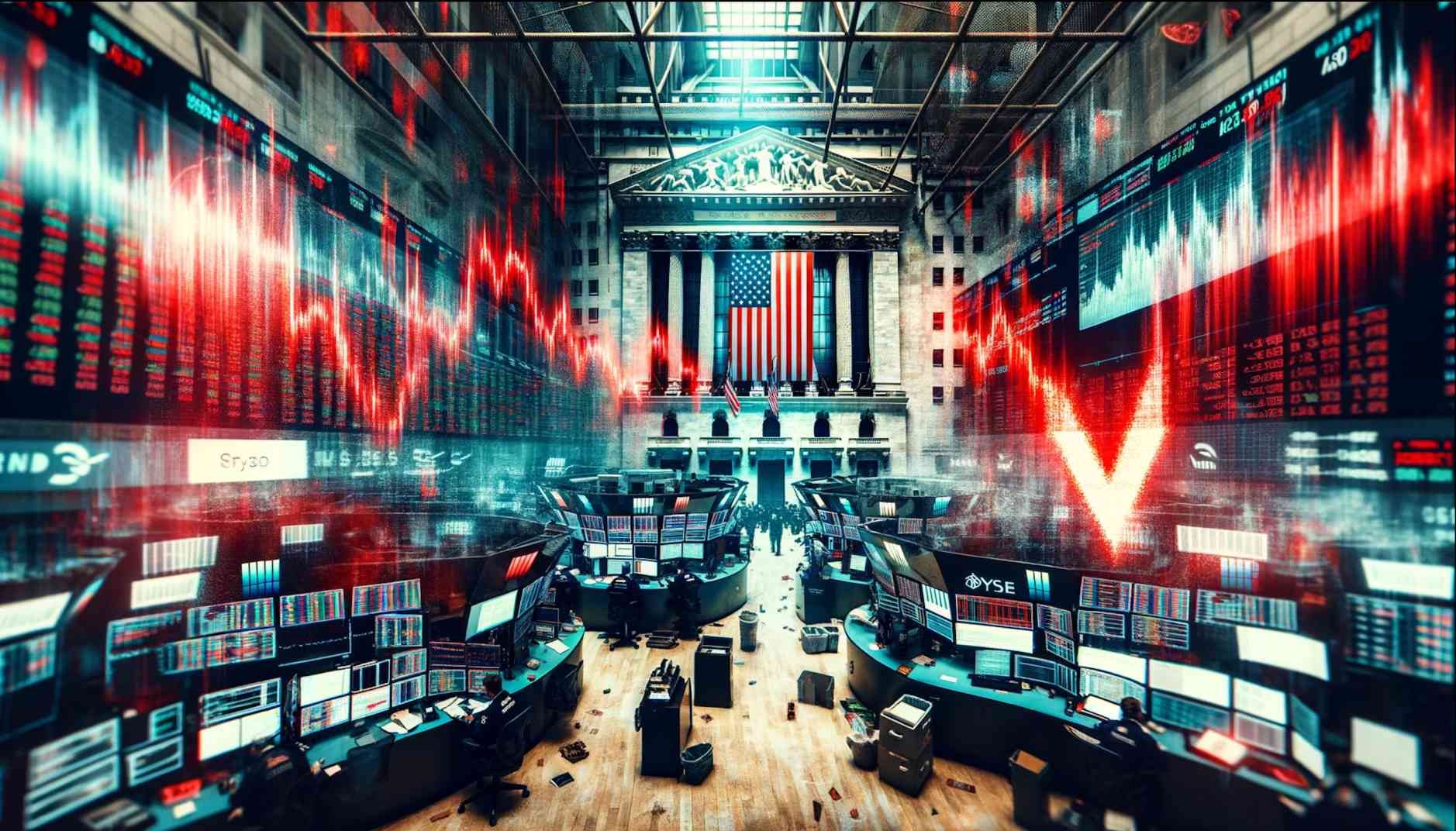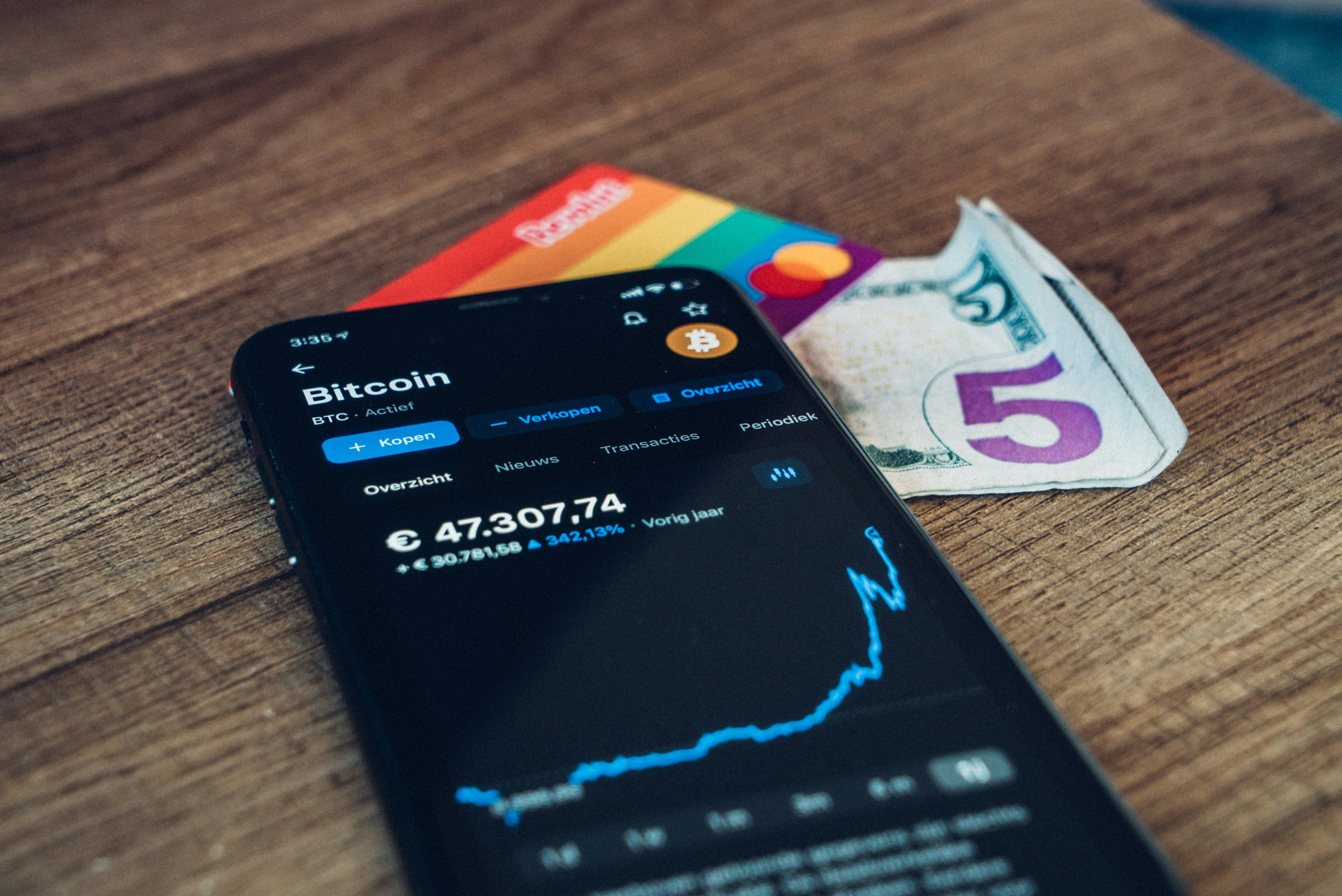NYSE Glitch Sparks Chaos in Stock Market
Explore the recent NYSE technical glitch that caused unprecedented volatility, affecting over 250 stocks, and understand its impact on market stability. Learn about the incident's root cause, historical context, and the response measures taken to prevent future occurrences.
Abhinil Kumar
Author

Imagine waking up to a seemingly normal trading day, only to find that your investments have either skyrocketed or plummeted in value within minutes. This is exactly what happened to many traders on a recent Tuesday morning when a technical glitch at the New York Stock Exchange (NYSE) caused unprecedented volatility in the prices of over 250 stocks. The incident sparked confusion, triggered automatic trading halts, and drew the attention of regulatory authorities.
The Incident Unfolds
On June 3, 2024, the NYSE experienced a technical issue that led to significant price swings and trading halts across numerous stocks. Major blue-chip stocks like Morgan Stanley and Wells Fargo saw their prices dive by 13% and 15%, respectively, shortly after the market opened. In contrast, Walmart’s shares jumped by 12% within the same period.
Most notably, Berkshire Hathaway and Barrick Gold were shown to be down by an astonishing 99.97% and 98.54%, respectively, at one point during the trading session due to a technical issue, before those trades were corrected. This extreme volatility underscores the magnitude of the glitch and its immediate impact on market stability.
Root Cause and Response
Investigations revealed that the glitch was caused by a manual error. An employee at the NYSE’s disaster-recovery system failed to shut down the backup system correctly, which misled the primary system into skipping the opening auctions. As a result, the market treated the opening bell as a continuation of trading from the previous day, causing erroneous pricing.
The NYSE quickly responded by halting trading on the affected stocks and canceling the erroneous trades. By the end of the day, most trading activities had returned to normal, and the exchange assured that measures were being taken to prevent future occurrences.
Historical Context
This incident is not the first of its kind. The NYSE has faced technical issues before, such as the infamous “Flash Crash” in May 2010, when the Dow Jones Industrial Average plunged about 1,000 points within minutes due to a combination of automated trading programs and a massive sell order. Similarly, in 2015, the NYSE halted trading for nearly four hours due to a technical issue, causing widespread disruption in the markets.
These historical events highlight the susceptibility of even the most robust financial systems to technical failures. Each incident serves as a learning experience, prompting the NYSE and other exchanges to continuously improve their systems and protocols.
Conclusion
The recent NYSE glitch serves as a stark reminder of the complexities and vulnerabilities inherent in modern financial markets. While technology has revolutionized trading, it also introduces new risks that require vigilant oversight and continuous improvement. As the NYSE and regulatory bodies investigate and address the root causes of such incidents, traders and investors must remain aware of the potential for sudden market disruptions.


